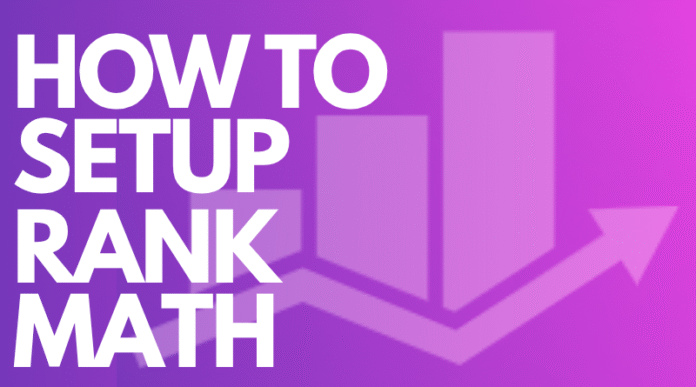If you’ve just launched your WordPress website and are wondering how to get started with SEO, you’re not alone. Search Engine Optimization can feel overwhelming in the beginning, but thanks to tools like Rank Math SEO, optimizing your content becomes much easier.
In this guide, I’ll walk you through the complete setup process of the Rank Math SEO plugin step by step. No Matter if you’re a blogger, small business owner, or digital marketer, this guide is beginner-friendly and based on real experience.
What Is Rank Math SEO Plugin?
How to Install Rank Math SEO Plugin
- Log in to WordPress Dashboard
- Go to Plugins > Add New
- Type “Rank Math SEO” in the search bar
- Click Install Now and then Activate
Step-by-Step Setup Using Rank Math Wizard
Once activated, follow the configuration wizard to adjust basic SEO settings.
Step 1: Connect Your Rank Math Account
- You’ll be asked to create or log into a Rank Math account.
- This is free and necessary to unlock all features.
Step 2: Website Type
Choose what type of website you have:
- Blog
- Small Business Site
- Portfolio
- WooCommerce Store, etc.
This helps Rank Math tailor the settings accordingly.
Step 3: Connect Google Services (Optional but Recommended)
- You can connect your site to Google Search Console.
- This helps you track performance and keyword rankings right inside WordPress.
Step 4: Sitemap Configuration
- Enable XML Sitemap.
- Select the content types you want to include (Posts, Pages, Products, etc.)
- This helps Google crawl your site better.
Step 5: SEO Tweaks (Enable the Following)
- Noindex Empty Category/Tag Archives: avoids thin content
- Nofollow External Links: optional, depending on your link policy
- Open External Links in New Tab: good for user experience
Step 6: Schema Markup (Structured Data)
- Choose the default Schema for posts (Article/BlogPosting) and pages.
- You can always customize this per post later.
Step 7: Ready to Go
- Click Save and Continue
- Your setup is now complete!
Additional Manual Settings (Optional but Useful)
Go to General Settings in Rank Math
- 404 Monitor: Tracks broken links
- Redirections: Set up URL redirects without a separate plugin
- Role Manager: Control access to SEO settings for multiple users
- Analytics: Connect to Search Console and view traffic data
How Rank Math Helps with On-Page SEO
- Focus Keyword targeting
- SEO title and meta description editor
- Content readability suggestions
- Internal and external linking recommendations
- Schema editor per post or page
It feels like having an SEO assistant by your side while writing.
Common Mistakes to Avoid
- Don’t overuse keywords just to get a perfect score
- Always write for humans first, then optimize for Google
- Focus on clear, helpful content, not just SEO tricks
🔗 Related Article:
👉 What Is Yoast SEO Plugin and How to Use It in SEO?
Frequently Asked Questions
Is Rank Math SEO plugin free?
Yes, most of the core features are completely free. There is a Pro version, but the free one is enough for beginners.
Is it better than Yoast SEO?
Both are good, but Rank Math gives more features for free. It also loads faster and has a cleaner UI.
Will Rank Math slow down my website?
No. It’s designed to be lightweight and optimized for performance.

